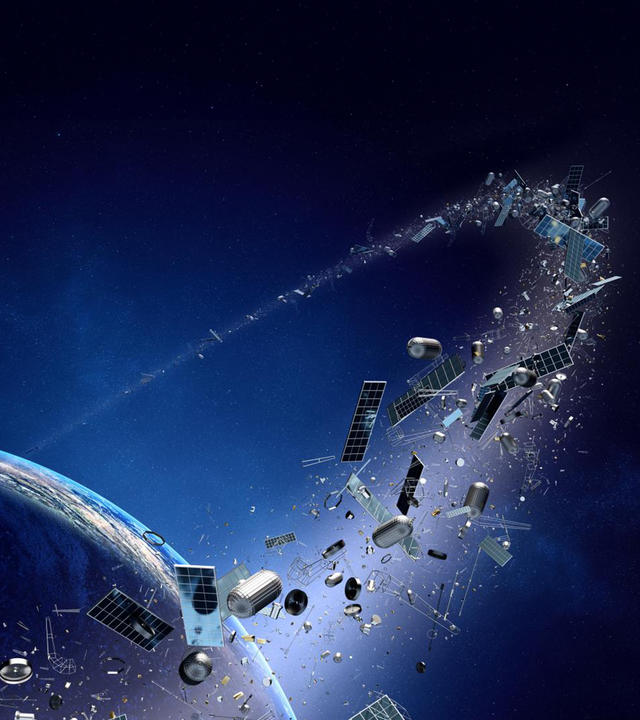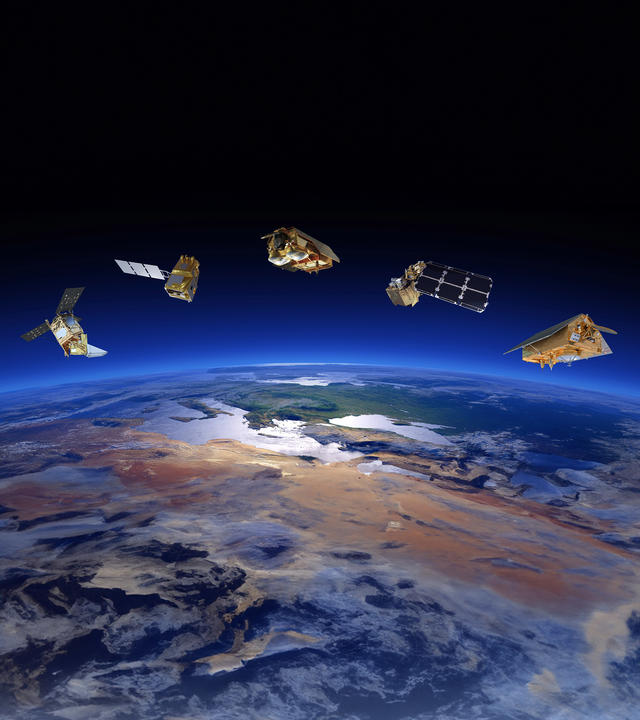Space
Providing essential imagery and data from space
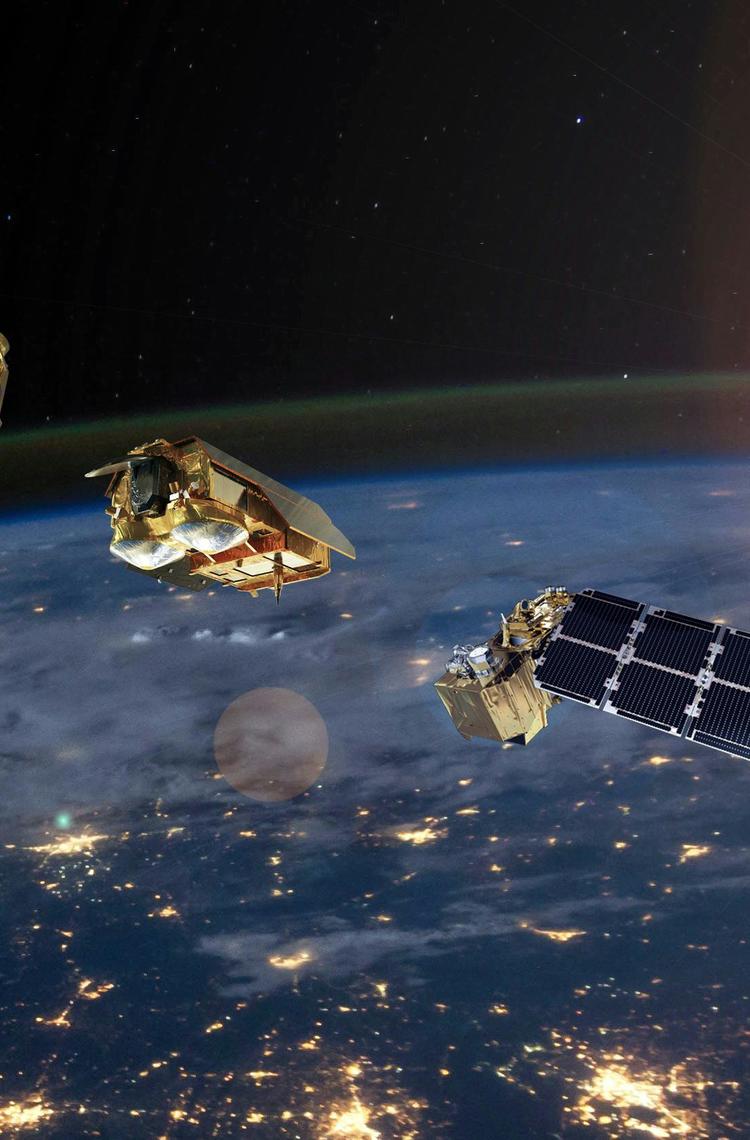
Space matters for life on Earth
Our purpose is to improve life on Earth and beyond through our cutting-edge space technologies.
From in-orbit delivery of satellites and spacecraft equipment to the smallest electronic components, Airbus provides products and services to customers around the world.
We deliver telecommunications and navigation satellites that enable people to connect everywhere and navigate safely on Earth.
The data from Airbus-built Earth observation satellites, such as Sentinel-2 or MetOp, bring insight that helps us to better understand and protect our planet.
Airbus is contributing to space exploration with pioneering satellites such as the Earth Return Orbiter which will head to Mars, and JUICE, already on its way to Jupiter, playing a vital role in increasing our knowledge of the universe.
Airbus also enables independent access to space to European governments and commercial customers through the Ariane Group joint venture with Safran.
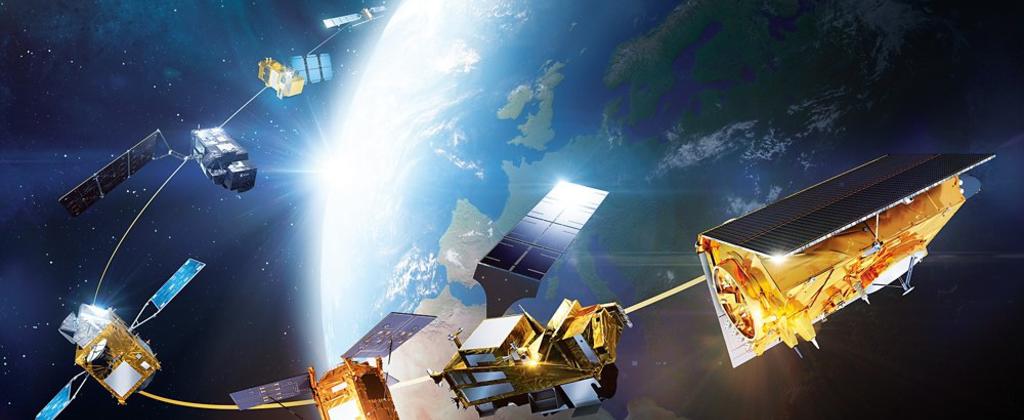
Earth observation
Using innovative satellites to monitor land, the seas and the atmosphere.
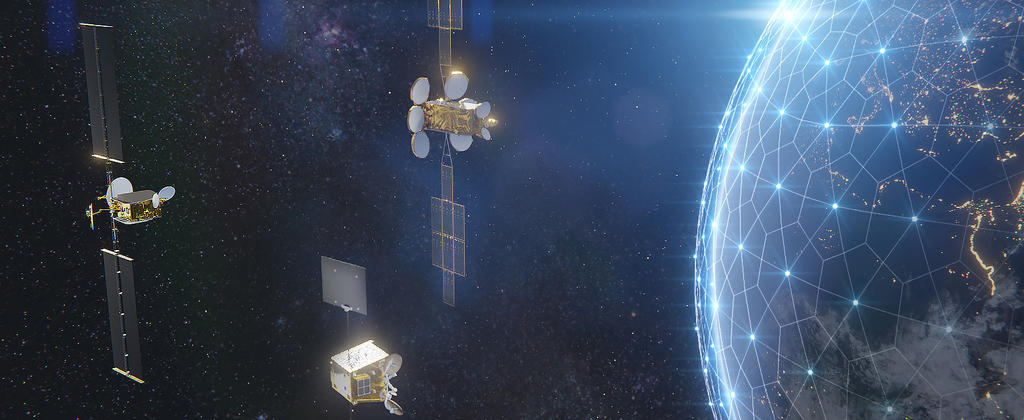
Telecommunications and navigation satellites
Providing reliable communications and navigation satellites and solutions.
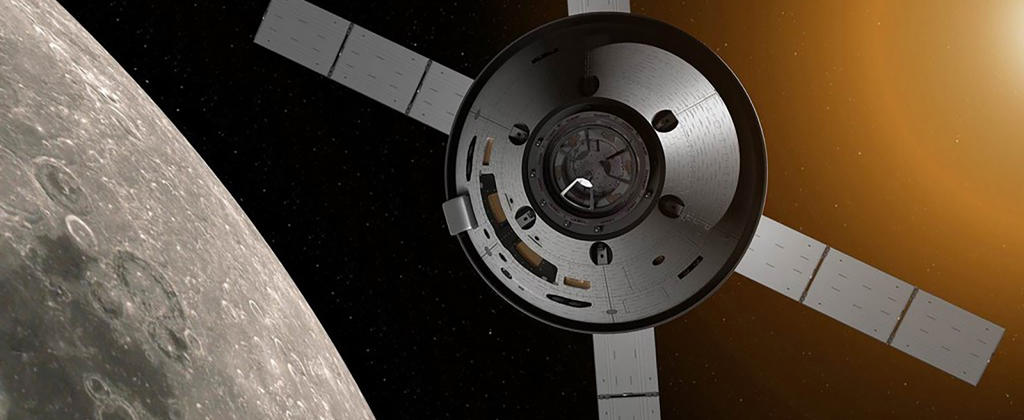
Space exploration
Supporting scientific breakthroughs and understanding with spacecraft, Starlab and laboratories.
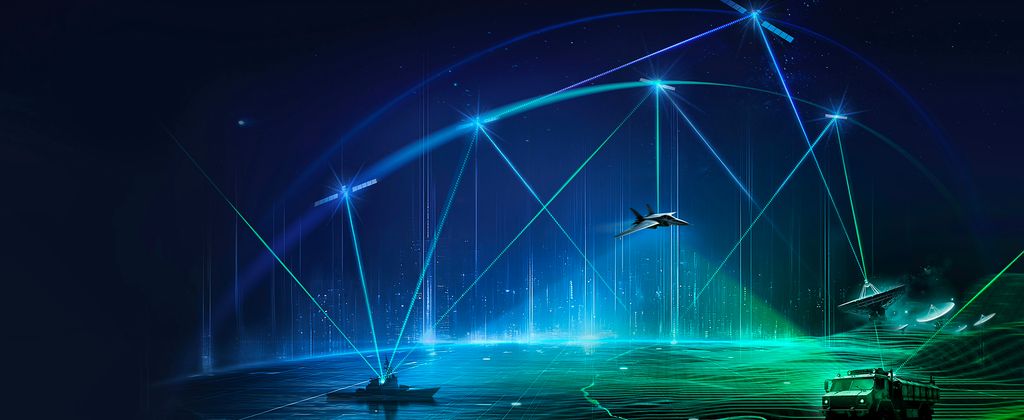
Space ground systems
Infrastructure to interface with Earth observation and telecommunications satellites.
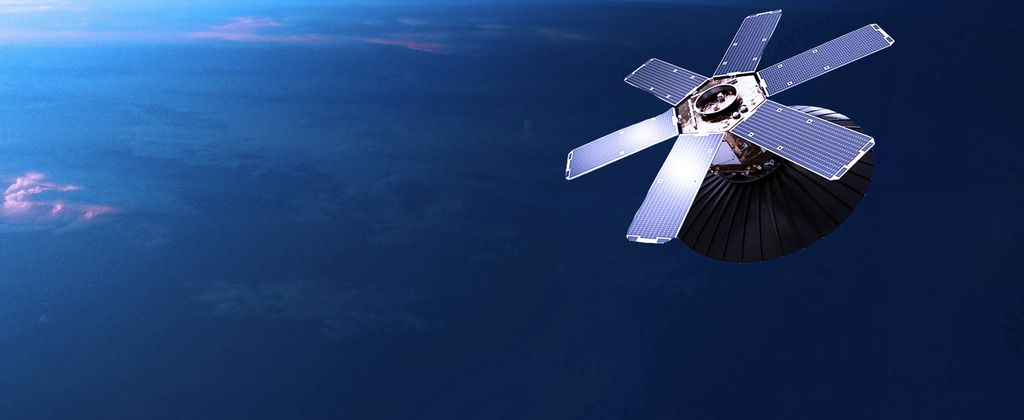
Space equipment
The preferred supplier of hardware, systems and services.
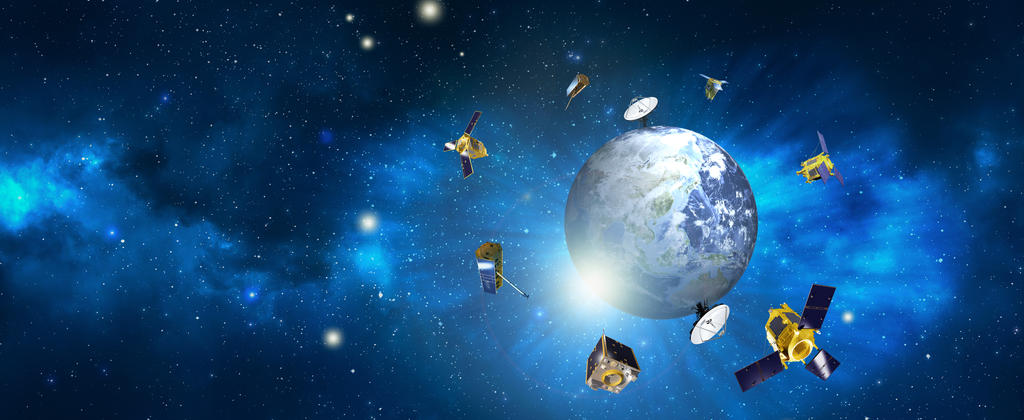
Space customer support
Strong partnerships throughout customer programme lifecycles.
The latest Space news
In the spotlight
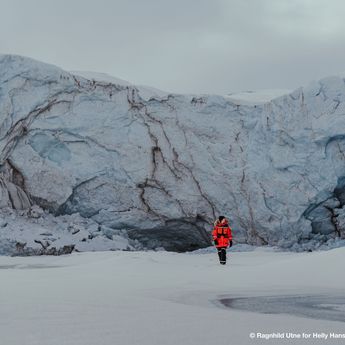
Glaciers in danger: satellites underscore extent of climate emergency
Web StorySpace
Satellites help scientists like Heïdi Sevestre track rapid glacier melt. Discover the impact of their changes on Earth’s life & ecosystems.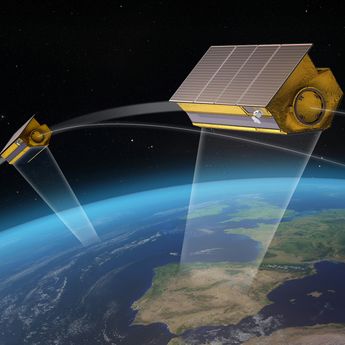
Airbus awarded Hisdesat contract to build PAZ-2 satellites reinforcing Spain's…
Press ReleaseSpace
Airbus Defence and Space implements new organisation to shape division’s future…
Press ReleaseCompany

Why you should care about space weather
Web StorySpace

Biomass, a satellite to look inside the world’s forests like never before
Web StorySpace
